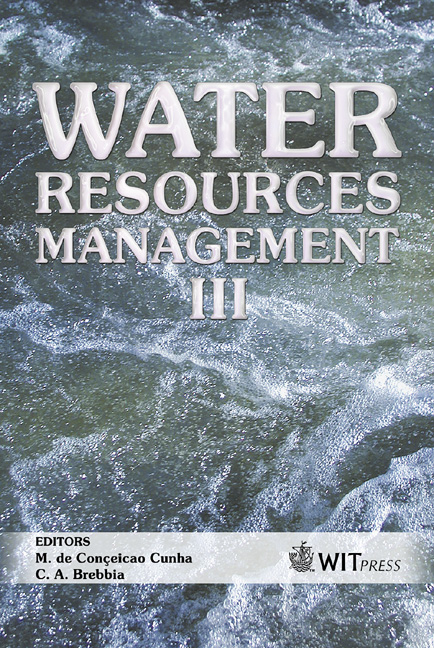Evaluating Semi-analytical And Numerical Methods For Determining The Hydrodynamic Coefficient Of Leaky Aquifers
Price
Free (open access)
Transaction
Volume
80
Pages
11
Published
2005
Size
435 kb
Paper DOI
10.2495/WRM050121
Copyright
WIT Press
Author(s)
H. R. Vosoughifar , S. M. Bateni & A. Shamsai
Abstract
The storage coefficient and transmissivity are important aquifer parameters that are useful in assessing the ground water potential of an aquifer. In this study different semi-analytical and numerical methods of assessing the hydrodynamic coefficient such as the Pumping test, Slug test, Banton test, and Aquifer and Groundwater Windows (GWW) numerical models have been investigated in leaky aquifers. The study shows that the slug test respectively gives the highest and the lowest values of storage coefficient and transmissivity compared with other methods. The storage coefficient, which is obtained by the Banton test, is higher than other approaches and the Huntley formula gives the lowest Transmissivity values relative to other methods. The transmissivity values calculated by the Aquifer and GWW models are close to those of the pumping test. The GWW model is unable to predict the storage coefficient accurately while the Aquifer model predicted values correspond to those of the pumping test. Also it has been shown that the hydraulic conductivity coefficient derived by the Single, Double Wells and Hazan formulas are close to each other whereas the Constant head test results have a great discrepancy from other methods. By increasing the grain diameter of the aquifer (Aquifer A to D) the discrepancy between the Hazan formula and the single well test as well as the double well test rises. Keywords: storage coefficient, transmissivity, confined aquifer, physical model, numerical model.
Keywords
storage coefficient, transmissivity, confined aquifer, physical model, numerical model.





